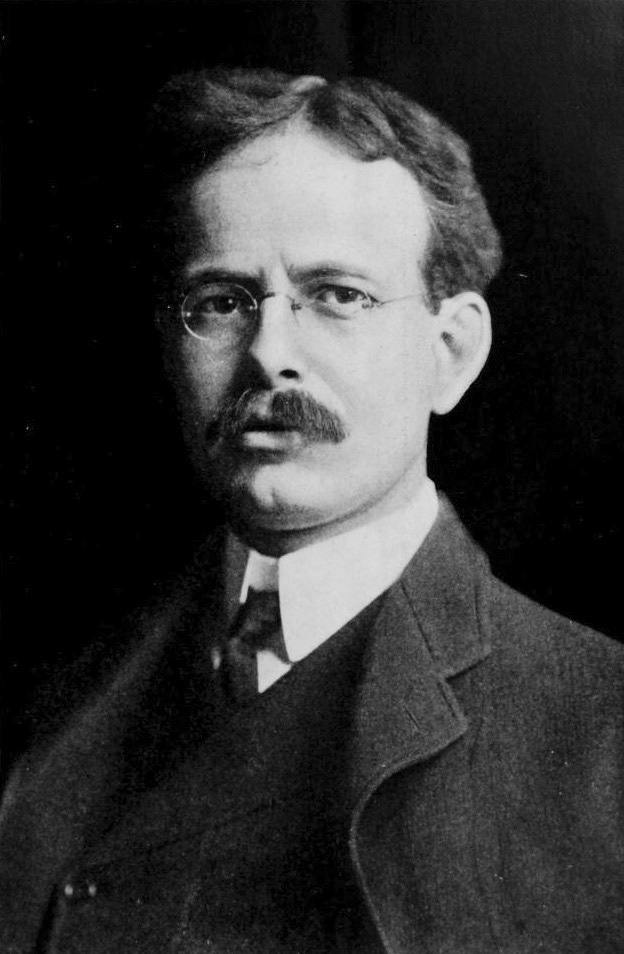George E. Hale
George E. Hale

George Ellery Hale was drawn to physics from an early age. He began studies at Massachusetts Institute of Technology and volunteered at Harvard, working with Edward C. Pickering in the observatory. He graduated from MIT in 1890.
Hale became an associate professor at the University of Chicago at age 24. In 1897, he founded and was made the Yerkes Observatory’s first director. The journal he began in this year of his work relating physics to astronomy later became the Astrophysical Journal.
Hale developed a strong relationship with the Carnegie Institution over his career. He received a number of grants to fund the construction of telescopes that broke records and expectations. The relationship led to the construction of the Mount Wilson Solar Observatory which housed first a 60-inch and then a 100-inch telescope and a 150-foot solar tower, which was operational by 1912 and led to the discovery that sunspots in northern and southern hemispheres reverse polarity every 11 years. Later in his career, he secured funding for the 200-inch Hale Telescope at the Palomar Observatory from the Rockefeller Foundation.
He invented the spectrohelioscope, and as his work progressed, he was able to detect the first magnetic field beyond earth in 1908.
Hale was a founding member of Caltech, was instrumental in the establishment of the Huntington Library and Art Gallery, and was a general force in the culture of Pasadena, California.
In addition to the Frederic Ives Medal from The Optical Society, Hale was awarded the Sir Godfrey Copley Medal, the Gold Medal of the Franklin Institute of Philadelphia, the Elliot Cresson Medal, the Janssen Medal of the Paris Academy of Sciences, and the Draper Medal of the National Academy of Sciences, the Bruce Medal, the Galileo Medal of the University of Florence, and the Actonian Prize of the Royal Institution of London. He was President of the International Council of Scientific Unions, decorated with the Oder of Leopold by Belgium and the Order of the Crown of Italy. He was elected an associate of Academie des Sciences, Institut de France, an Honorary Member of the Vienna Academy of Sciences and OSA, and an honorary chairman of the National Research Council. Finally, he won the Arthur Noble Medal from the City of Pasadena in 1926.
George E. Hale died on February 21, 1938.
Document Created: 26 July 2023
Last Updated: 03 December 2024
